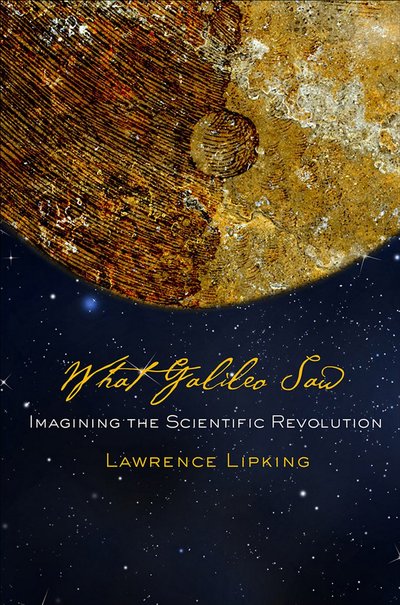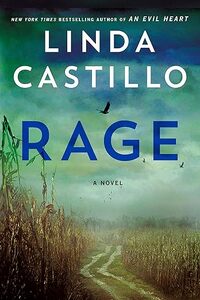

Purchase
Cornell University Press
November 2014
On Sale: October 29, 2014
Featuring: Galileo
326 pages
ISBN: 080145297X
EAN: 9780801452970
Kindle: B00P29CQOW
e-Book
Add to Wish List
Non-Fiction Biography | Non-Fiction Philosphy
The Scientific Revolution of the seventeenth century has
often been called a decisive turning point in human
history. It represents, for good or ill, the birth of
modern science and modern ways of viewing the world. In
What Galileo Saw, Lawrence Lipking offers a new
perspective on how to understand what happened then,
arguing that artistic imagination and creativity as much
as rational thought played a critical role in creating new
visions of science and in shaping stories about eye-
opening discoveries in cosmology, natural history,
engineering, and the life sciences. When Galileo saw the face of the Moon and the moons of
Jupiter, Lipking writes, he had to picture a cosmos that
could account for them. Kepler thought his geometry could
open a window into the mind of God. Francis Bacon's
natural history envisioned an order of things that would
replace the illusions of language with solid evidence and
transform notions of life and death. Descartes designed a
hypothetical "Book of Nature" to explain how everything in
the universe was constructed. Thomas Browne reconceived
the boundaries of truth and error. Robert Hooke, like
Leonardo, was both researcher and artist; his schemes
illuminate the microscopic and the macrocosmic. And when
Isaac Newton imagined nature as a coherent and
comprehensive mathematical system, he redefined the goals
of science and the meaning of genius. What Galileo Saw bridges the divide between science and
art; it brings together Galileo and Milton, Bacon and
Shakespeare. Lipking enters the minds and the workshops
where the Scientific Revolution was fashioned, drawing on
art, literature, and the history of science to reimagine
how perceptions about the world and human life could
change so drastically, and change forever.
Comments
1 comment posted.
Re: What Galileo Saw
You have posted a nice review,i have got useful information.This book is really very valuable,i will buy it soon.
grass mats for best result buy them from grassmatsuk.com
(Jhon Rox 5:49am December 29, 2015)
Registered users may leave comments.
Log in or register now!
| 


 © 2003-2025 off-the-edge.net
all rights reserved Privacy Policy
© 2003-2025 off-the-edge.net
all rights reserved Privacy Policy